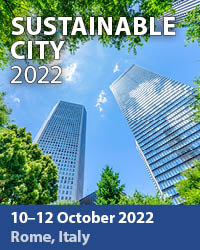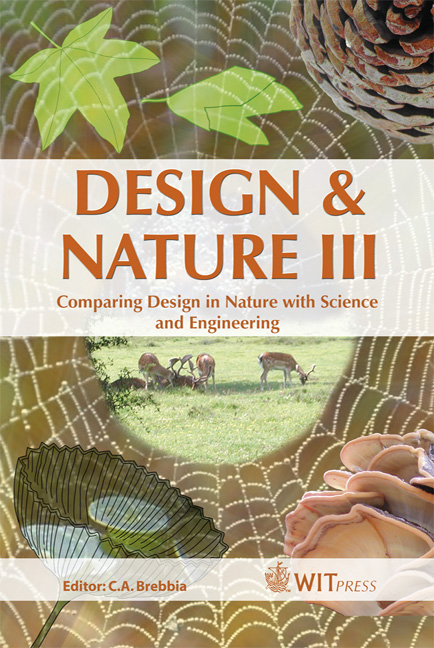Thermal Performance Of A Dome-covered House
Price
Free (open access)
Transaction
Volume
87
Pages
10
Published
2006
Size
360 kb
Paper DOI
10.2495/DN060081
Copyright
WIT Press
Author(s)
Y. Lin & R. Zmeureanu
Abstract
A dome-covered house is an example of designing sustainable buildings by learning from the optimized biological forms from nature. This paper presents the mathematical model for estimating the energy performance of the ensemble dome-house. The heat balance equations are written at the dome surface, for the air inside the dome, at the outside surfaces of the house, at the inside surfaces of the house, at the ground surfaces, and for the air inside the house. The annual energy performance of the dome-covered house is presented and compared with that of an isolated house located in Yellowknife (Canada) at 61°N latitude. Keywords: energy performance, dome-covered house, optimized biological form, mathematical model. 1 Introduction Dome structure is based on self-generating forms in nature, bubble clusters being typical examples. It is based on the natural form-optimizing process in biological structures and can be translated into the architectural world in the form of pneumatic structure [1, 2]. The dome configuration applies nature’s principles of forming a highly efficient system. The advantages of designing a dome-covered house in Canada are [3]: it can provide a shelter to withstand high winds and extreme temperatures in northern part of Canada; it can store large amounts of solar radiation and thus reduce the heating load of the covered house in the winter; and it can provide pleasant view without sense of enclosure if the dome is transparent or translucent. Examples of dome structures in nature are the sunflower, the shell of sea urchin, and the rose bubble shell. The dome-like shape of the sunflower enables
Keywords
energy performance, dome-covered house, optimized biological form, mathematical model.





